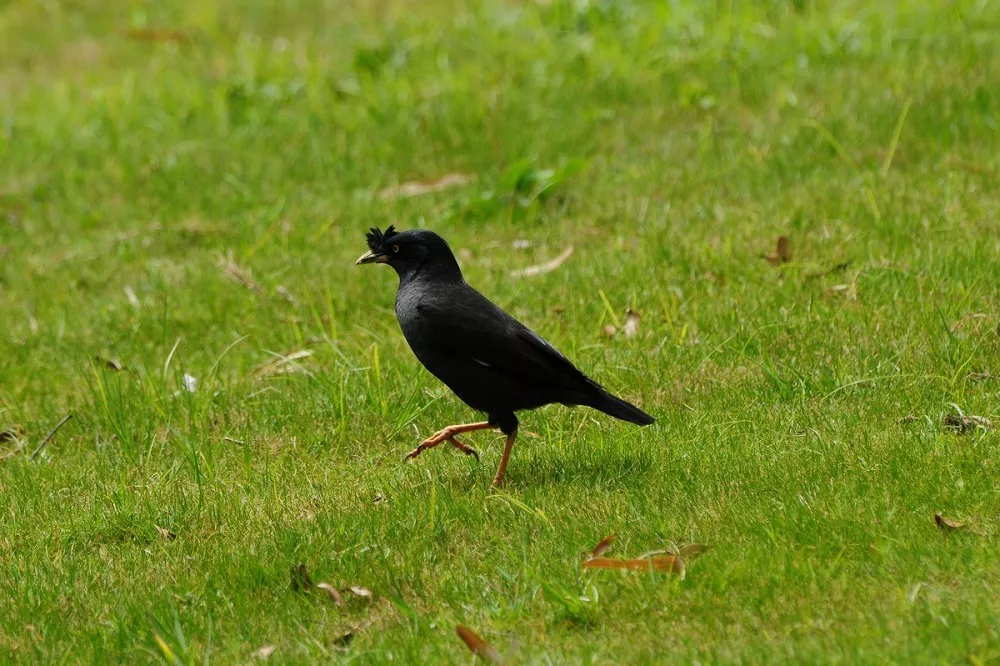In the realm of avian communication, the crested myna (Acridotheres cristatellus) stands out as an exceptional species renowned for its remarkable ability to mimic and reproduce a wide range of sounds, including human speech. In this article, we will explore the unique vocal talents of the crested myna and shed light on its capacity to talk, captivating bird enthusiasts and researchers alike.
Natural Habitat and Distribution:
Native to Southeast Asia, specifically China and Vietnam, the crested myna is found in various habitats, including forests, woodlands, and urban areas. It is a member of the starling family (Sturnidae) and shares certain traits with its vocal mimicry counterparts, such as the common myna (Acridotheres tristis).
Vocalization and Mimicry:
The crested myna possesses an impressive vocal repertoire, consisting of a vast array of sounds, calls, and songs. Its mimicry skills enable it to imitate the sounds of other birds, animals, and even human speech patterns. The clarity and accuracy with which it replicates these sounds are astonishing, making it a favorite among bird enthusiasts and a subject of scientific research.
Speech Capability:
While the crested myna’s ability to mimic sounds is exceptional, it is important to note that its vocalizations do not equate to true linguistic comprehension. Despite this limitation, certain individual birds have been observed to produce recognizable words and phrases with astonishing clarity. They can mimic various human vocalizations, including words, laughter, whistles, and even the intonation patterns of human speech.
Factors Influencing Speech Acquisition:
The development of speech-like vocalizations in crested mynas is influenced by several factors, including genetic predisposition, exposure to auditory stimuli during the sensitive period of vocal learning, and social interactions. Young birds learn vocalizations by listening to and imitating the vocalizations of conspecifics, as well as other species in their environment.
Social Communication:
The crested myna employs vocalizations not only for mimicry but also as a means of social communication. It uses a variety of calls to convey messages related to territorial defense, courtship, feeding, and group cohesion. Through vocalizations, crested mynas establish and maintain social bonds within their social groups and signal their presence to others in the vicinity.
Conservation and Future Research:
The unique vocal abilities of the crested myna make it a popular pet bird and subject of scientific inquiry. However, this has also contributed to the decline of wild populations due to capture for the pet trade. Conservation efforts are crucial to protect the species and their natural habitats.
Future research endeavors could focus on understanding the neural mechanisms behind the crested myna’s vocal mimicry abilities, investigating the cognitive processes involved in learning and producing human speech-like vocalizations, and exploring the potential role of vocalizations in social interactions among crested mynas.
Conclusion:
The crested myna’s exceptional vocal mimicry abilities have captivated bird enthusiasts and researchers alike. While its talent for reproducing sounds, including human speech, is truly remarkable, it is important to recognize the distinction between mimicry and linguistic comprehension. By studying and appreciating the crested myna’s vocal talents, we gain further insights into the complex world of avian communication and develop a greater appreciation for the fascinating diversity of nature’s vocal performers.


 Facebook
Facebook  Instagram
Instagram  Youtube
Youtube 